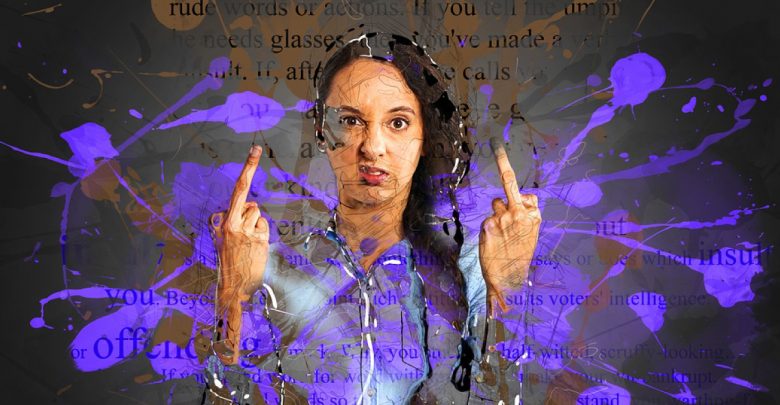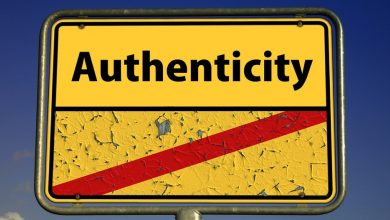Addressing problematic behaviour
As Mark Smith notes, “People will get upset with each other from time to time, some will resist getting involved in the work. This inevitably creates anxiety for us as facilitators” (Smith, M. K., 2009). There are theories that categorize participants into types of problematic behaviour and are proposing strategies of dealing with them (read about it in the tool Problem participants as a risk factor). This tool proposes a slightly different perspective on dealing with difficult behaviour.

Why did I choose this tool? I chose this tool as an alternative point of view, about how the difficult behaviour of participants could be approached, understood and handled.
How does this apply to being a trainer? Maintaining a workable environment via a relationship with the participants of the course is beneficial for the atmosphere in the group that allows achieving the training aims. Coping with “problem participants” is an important aspect during the training programme. Though it is also important to be true to yourself, if these are really the “problem participants”, or they are somehow inconvenient for you because of some personal or other reasons. Labeling can be done easily and saves lots of time. What also helps – is to understand where the participants are coming from, choose the right approach (supporting, encouraging, confronting) and contribute to their personal development.
Main content:
Start this activity with reflection and remember a situation when you had to deal with a difficult behaviour of the participants. What kind of behaviour it was? What were the reasons for the resistance or the conflict? How did you solve it? What helped in that particular situation? What stood in the way?
In the much-quoted “Handbook for people working with youth: non-formal education practice in Lithuania”, you can find dealing with resistance in different parts of the book, mainly regarding work with groups and connected to group dynamics. The model of active participation and a holistic approach to education could be considered as well if you’re there facing an unwilling participant. The truth is simple, people participate when they see the connection to their interests and real-life and get involved in the group work if they have a connection to the other members. “If the group is not interested (“but it’s so boring!”), its members cannot make decisions. In that case, a youth worker has to help a group to orient in the situation. It can be done by confronting the group and giving feedback, which allows a deeper insight to be gained into the states of mind of separate group members and processes in the group. The reasons behind unwillingness to act might be an unclear situation or lack of ideas or motivation. In a situation like this, the problem should be named and raised as a subject” (Gailius et al. 2013, 24).
Read about resistance from participants and conflict management in “Compass: the manual for human rights education with young people”. Link here https://www.coe.int/en/web/compass/using-compass-for-human-rights-education#11
Mark K. Smith (2001; 2009) wrote in infed.org about facilitation and has great insights about dealing with problematic behaviour in this article ‘Facilitating learning and change in groups’, the encyclopaedia of informal education. Available at www.infed.org/mobi/facilitating-learning-and-change-in-groups-and-group-sessions/ If you have time, it’s recommended to read the whole thing, if not, the part about problematic behaviour is at the end. Don’t be lazy to scroll.
If you are opting for a more academic approach to resistance from participants, you can also read this article by James Atherton (1999). https://www.tandfonline.com/doi/pdf/10.1080/13636829900200070
Make a mind-map of the reasons why resistance from participants appears (you can also search for other sources of information) and link it with possible ways of dealing with it.
Choose 2-4 strategies that you find the most appropriate (and in line with your training style) to deal with resistance and do some extra reading on it.
Keep in mind that reading the “how to” recipes is not enough to develop a skill for dealing with difficult behavior. You need to have “the muscle” and readiness to solve conflicts and deal with resistance. Observe participants and be ready to address any issues that are arising – the only way to learn – opening up to conflict or inconveniences (I don’t recommend hiding or avoiding tactics which might result in an uncontrolled process).
Reflection questions:
- What do you consider difficult behaviour and does it affect your work?
- Which strategy about dealing with difficult participants do you disagree with? Why?
- Which strategies have you employed yourself?
- Do you ever become a problem participant yourself? How do educators deal with you?
Exercises:
How to apply it in everyday life:
- Start scanning the participants from their application/participant information forms and communication through e-mails, upon arrival, during sessions and outside of them;
- Discuss the possible challenging behaviour and relationships between the participants with your colleague/s or team of trainers.
- Discuss the strategies that you can use with your colleagues in order to deal with resistance or conflict. Make sure you are comfortable with using them. Do not do something you don’t believe in.
- Apply them when/if needed.





